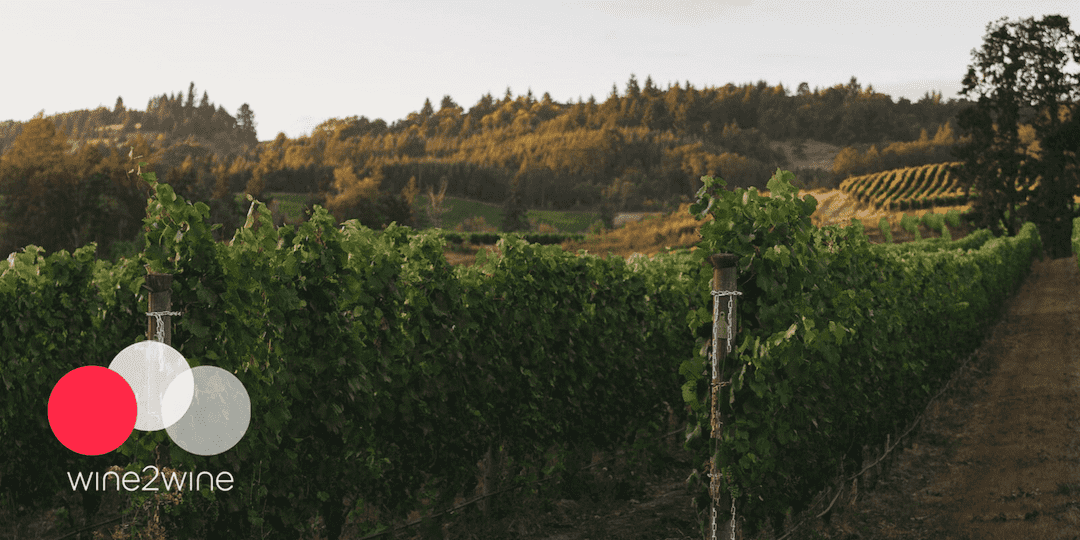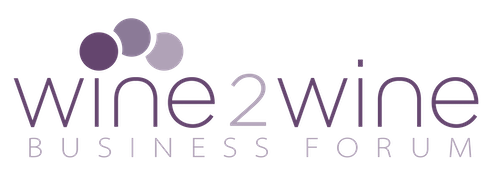Precision agriculture & sons: what is precision viticulture

Precision viticulture is the application of precision agriculture in the vineyard. This site-specific vineyard management maximizes the administration and production of each plant, accompanying the winemaker in all phases of his activity: we discover how.
Although it is a highly digital practice, precision viticulture refers to the craftsmanship of the past. Once upon a time, the winegrower knew every metre of his vineyard at the drop of a hat and was able to manage each plant differently. Today, on a large-scale vineyard, this is no longer possible. Not without precision viticulture.
The principle of precision viticulture is the same as that of precision agriculture: each vine is treated individually, being attentive to the needs of the plant and satisfying these needs at the exact moment it is required.
Where to start
The first step towards precision viticulture management is the tracking of the vineyard with a GPS guide. Having a vineyard tracked with satellite guidance serves to geolocate each plant. This information will also make it easier to work in the vineyard with the automatic guidance systems typical of precision viticulture. After planting, each phase of vineyard management can be carried out more easily, according to the principles of precision agriculture.
Fertilization
In precision viticulture, the amount of fertiliser given to a stressed plant will not be the same as that given to a vigorous vine. With precision farming, the winegrower has the ability to provide a dose of fertilizer based on the conditions of each individual plant, or on the goals he wants to achieve. The starting point is to understand how much to fertilize, this is based on a prescription map (or vigor map): a map that relates the condition of the plant with the amount of fertilizer it needs. From here, the company can proceed in two ways. They can use variable rate fertilizers, these are fertilizer spreaders based on the information loaded on the prescription map, or rely on good old manual work. Some winegrowers, in fact, not wanting to bear the cost of a tractor equipped with automatic guidance, have decided to indeed map their vineyards and the needs of each plant, but then to proceed with old-fashioned fertilization.
Preservation
With precision viticulture, the defence of a vineyard becomes interconnected and digital. One of the most valuable options already available to wine producers to defend their vines is the Decision Support System (DSS). These DSS have two main components: a system for monitoring the vineyard environment (air, soil, plants, diseases and insects) and an online application that, by analyzing the data, provides specific information in real time on how to best treat the individual plants. In practice, these systems collect, organize and integrate information about the weather and the various components of the vineyard and then combine the data and tell the winemaker how best to prevent diseases and pests.
Harvest
Under a system of precision viticulture, even the harvest cannot be separated from the use of a vigour map. During the most crucial period of the year, the winemaker usually wants to distinguish between grapes of superior quality and those of inferior quality, and bring the bunches to an optimal level of ripeness. Achieving these goals becomes easier with precision viticulture, which, through the creation of specific maps, creates all the conditions necessary for a differentiated harvest. The first step to take in this case, is the sampling of the grapes according to the areas of vigour: in short, you go to the vineyard and you understand which plants are vigorous and which are not. Usually, less vigorous plants ripen early and must therefore be harvested earlier, while those with higher vigour can wait. Once you have drawn the map, you can proceed by hand, sending the harvesters to the areas where ripening is most advanced first, leaving behind those that need more days. The result? By listening to the needs of the individual plants, you get the most out of each one.
So, is it worth it?
So many people ask if all this work is worth it? The answer is absolutely yes. Precision viticulture raises quality and lowers production costs. By helping the winery to produce better grapes and therefore, make better wines. Precision viticulture allows producers to position themselves on premium markets and to also approach a varied clientele. Not only that, with the use of variable rate fertilization and the defense of precision and vigor maps, you reduce production costs and eliminate waste.
If you liked our article, but you didn’t get enough; at wine2wine 2019 we will not only be talking about precision viticulture, but also about smart and digital farming. Don’t miss the chance to learn all about it!
